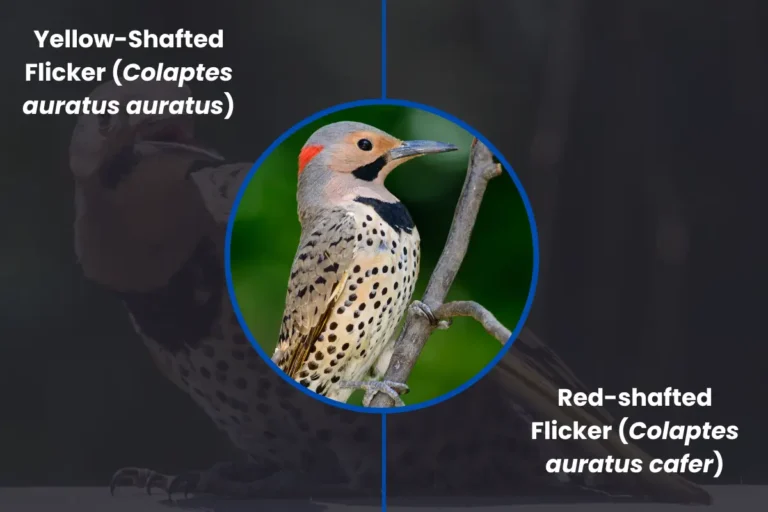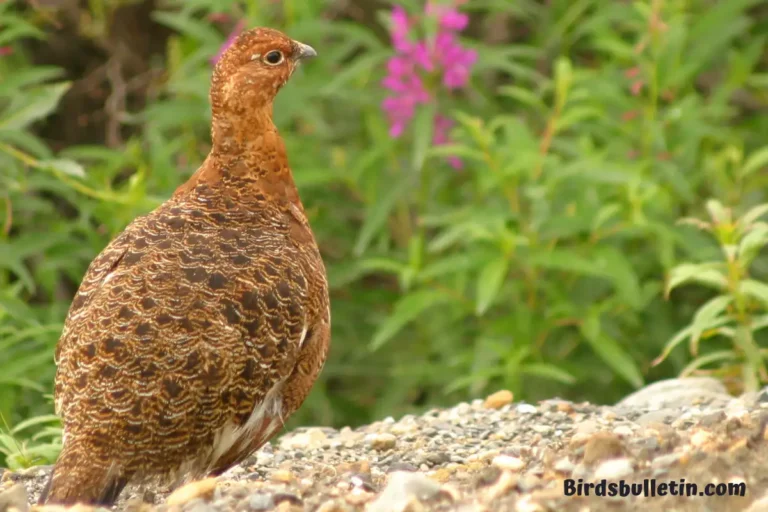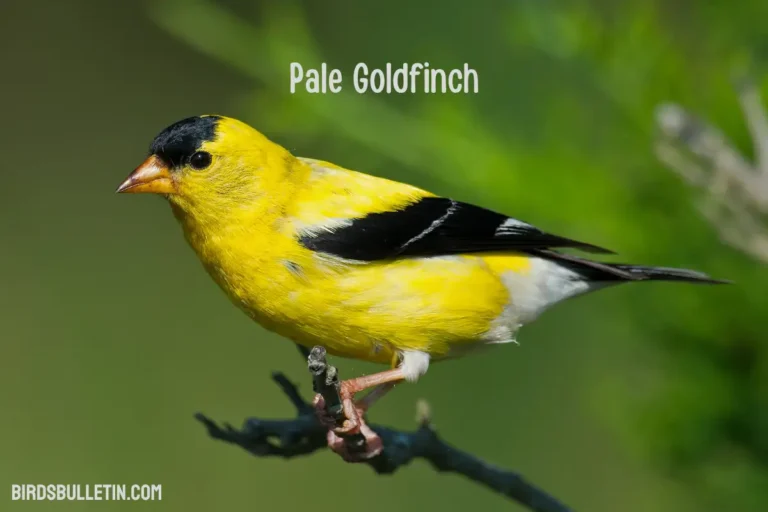Overview Of California Brown Pelican
Pelecanus occidentalis californicus, commonly known as the California brown pelican, is a subspecies of the brown pelican. It breeds on the Pacific coast of California and Baja California, with some breeding as far south as Jalisco, Mexico.
Its non-breeding range stretches from British Columbia in the north to Guatemala in the south.
Scientific Classification
- Kingdom: Animalia
- Phylum: Chordata
- Class: Aves
- Order: Pelecaniformes
- Family: Pelecanidae
- Genus: Pelecanus
- Species: P. occidentalis
- Subspecies: P. o. californicus (Ridgway, 1884)
Looking for more overview about bird subspecies:
Identification
The California brown pelican is a large seabird measuring 4 feet in length with a wingspan of over 6.5 feet. It has a distinctive long bill and a large throat pouch. Adult birds are grayish brown on the head and neck, while the rest of the body is dark brown to black.

The throat pouch is dark pink to red. Juveniles are brownish-gray all over. The subspecies P. o. californicus can be distinguished from other brown pelican subspecies by its size and bill morphology.
Location
The California brown pelican nests on small coastal islands from the Channel Islands in California down to Isla Asunción in Baja California, Mexico. Some breeding may occur as far south as Jalisco.
Prime nesting sites feature rocky cliffs and few mammalian predators. Its at-sea range covers the eastern Pacific from British Columbia to Guatemala along the coast.
Interesting Facts
- The throat pouch can hold up to 3 gallons of water and captured fish.
- The California brown pelican is the smallest subspecies of brown pelican.
- It is one of only two pelican species found in North America.
- An excellent diver, it plunges from heights of up to 20–30 m to catch fish.
- Males and females work together to build nests and care for the young.
- They often nest in large colonies for protection from predators.
Status
The California brown pelican is classified as Least Concern on the IUCN Red List. Its global population is estimated at over 650,000 birds. However, in the 1970s the subspecies was endangered due to DDT pesticide impacts and habitat loss. Its recovery is considered one of the Endangered Species Act’s major successes.
Conservation of Natural Habitat
Important conservation actions that have aided the recovery of the California brown pelican include:
- Banning DDT use in North America caused eggshell thinning.
- Protection and management of nesting islands in Mexico and California.
- Creation of wildlife refuges along migration routes and wintering areas.
- Reducing disturbance, oil spills, and commercial fishing bycatch through regulations.
- Ongoing population monitoring and research into diet and diseases.
Key threats that continue to be monitored and managed include human disturbance, pollution, reduced fish stocks, and climate change impacts.
Frequently Asked Questions
01. Where does the California brown pelican live?
The California brown pelican subspecies breed along the southwest coast of North America from California to west Mexico. Its non-breeding range extends along the Pacific coast from British Columbia to Guatemala.
02. What does the California brown pelican eat?
Brown pelicans feed almost entirely on fish such as sardines, anchovies, and mackerel. They capture them by plunge diving from heights of up to 20-30 meters.
03. Where does the California brown pelican nest?
They nest in colonies on coastal islands and mainland cliffs from California to west Mexico. Nests are simple scrapes lined with feathers and debris.
Summary
The California brown pelican is an iconic seabird that has recovered from near extinction. Ongoing conservation efforts aim to protect key nesting and feeding habitats. This subspecies remains a symbol of successful wildlife protection and environmental regulations.







